I try to reduce-reuse-recycle-refuse-reuse as much as possible but sometimes there is no way around it. Your home collects trash and waste. We seem to accumulate plastic caps. Bottle caps are one of the top five types of litter found on beaches worldwide. Imagine how many are in the sea we can’t see!? First, check to see if your municipality does recycle plastic caps. If not, here are ten ways that you can make use of them and maybe even have fun when the dreaded winter hits!
- Checkerboard: Use some corrugated cardboard and two sets of 12 differently colored caps. They stack on tops easily when you’re “kinged.”
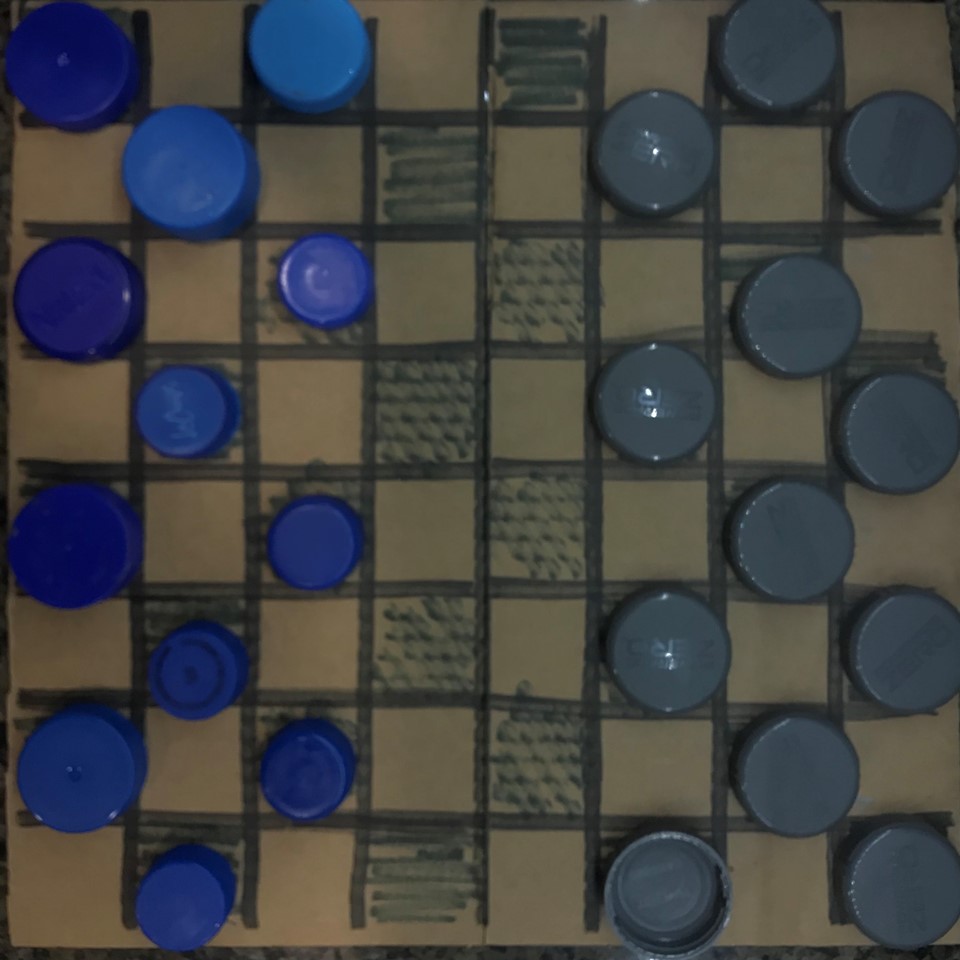
- Magnets: Add some friendly personal messages, too.
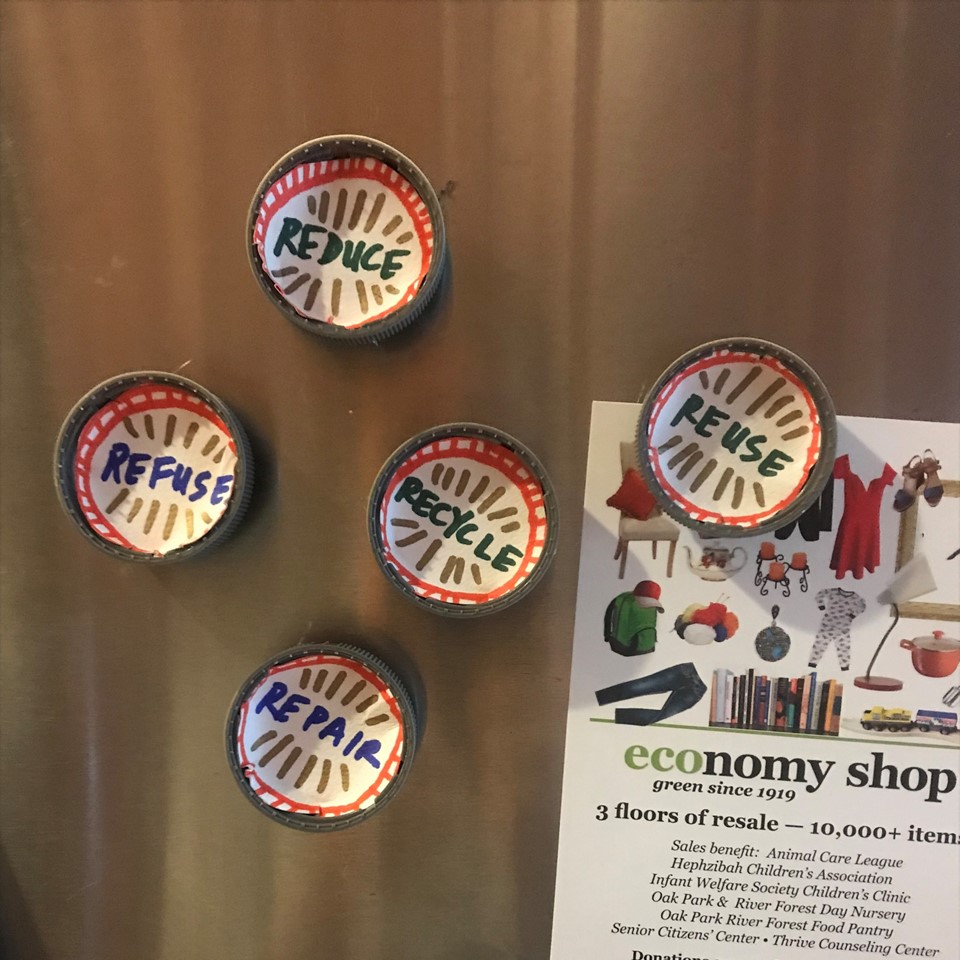
- Learning tools/games: I did some alphabet but memory could be just as fun. Check out Early Learning Ideas for more engaging learning ideas, too.
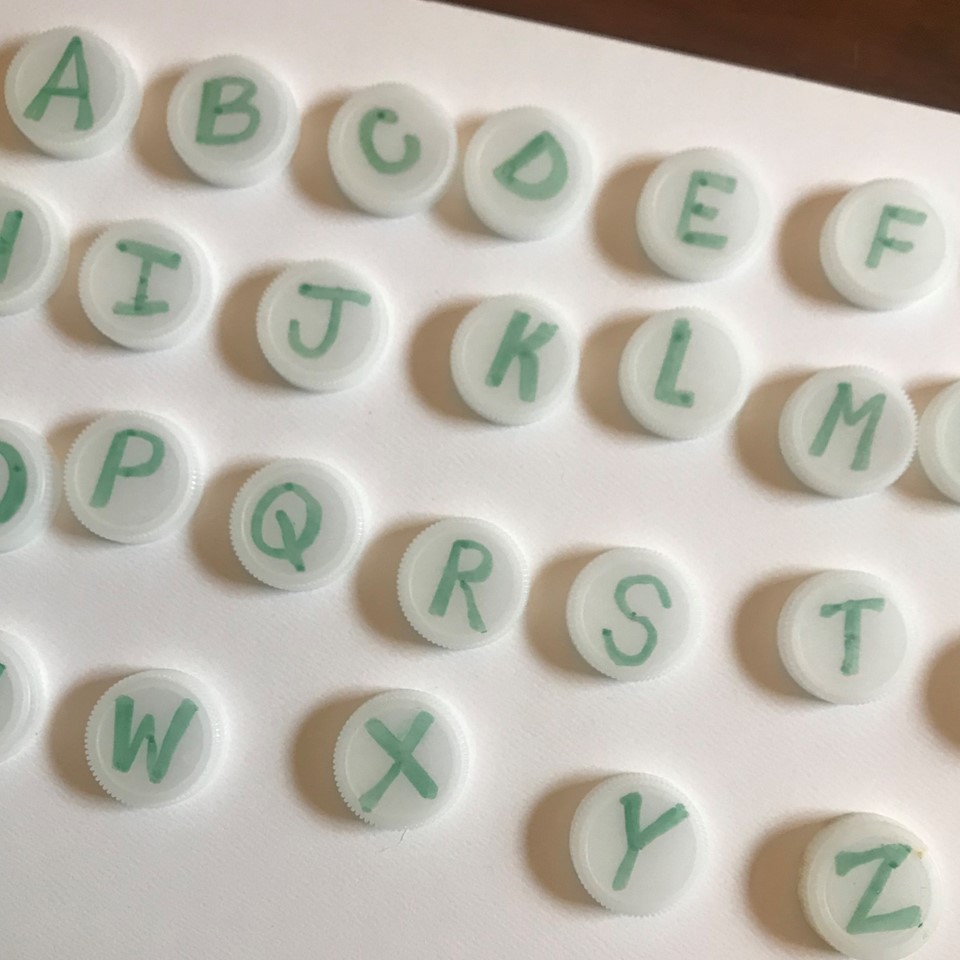
- Musical instruments: These Snapple caps are ah-mazing for any type of bottlecap bands.
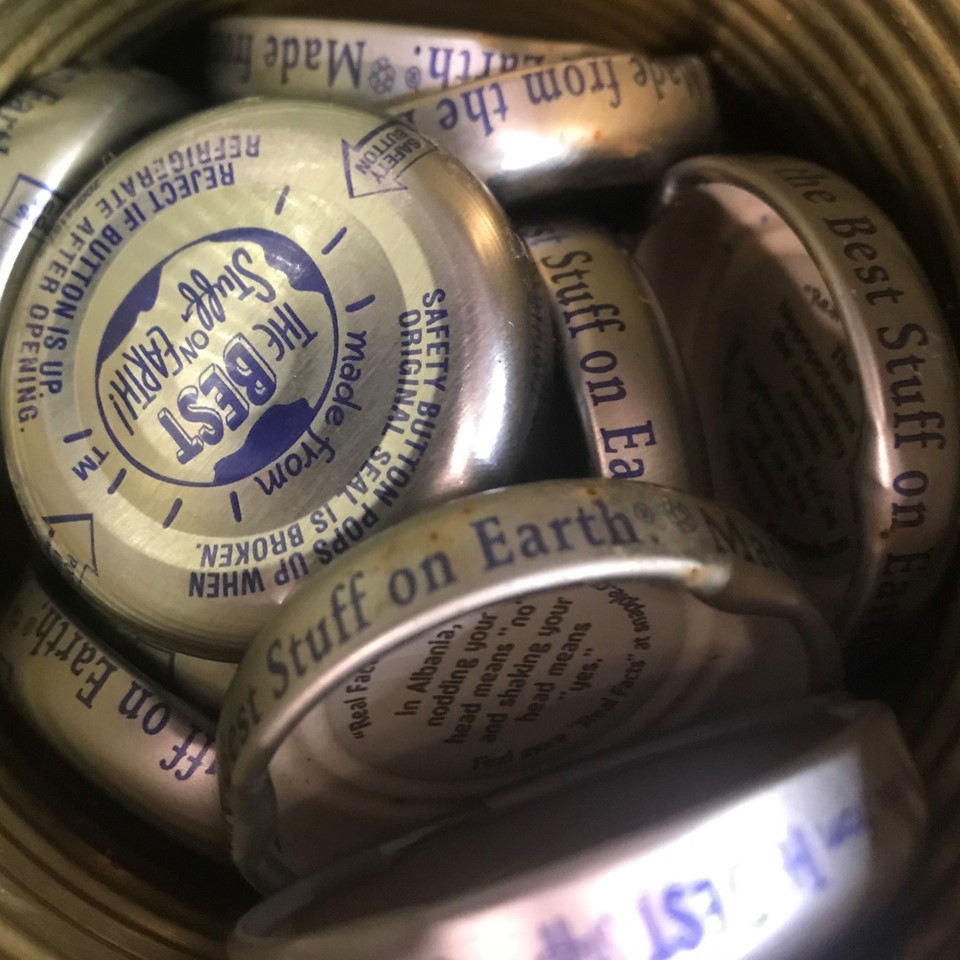
- Jewelry: It’s pretty easy to drill a hole through your bunch so you can string them together for clunky kids creations.
- Decorations: Forget the disposable plastic banners for parties. Make something personal with your favorite colors or brands on it.
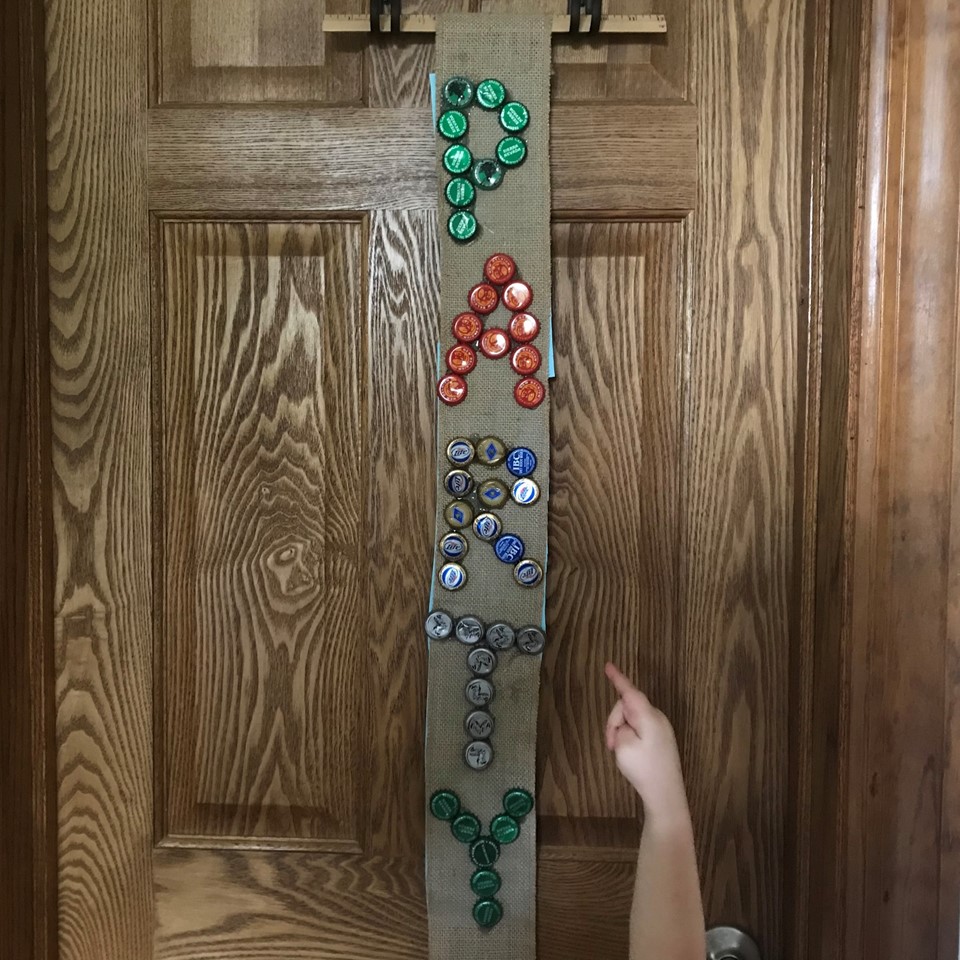
- Caps of Love: This organization collects bottle caps which helps to provide wheelchairs for needy disabled children.
- Art work: My art pieces here are pretty elementary. I am sure many of you have far superior skills. For inspiration check out Pinterest.
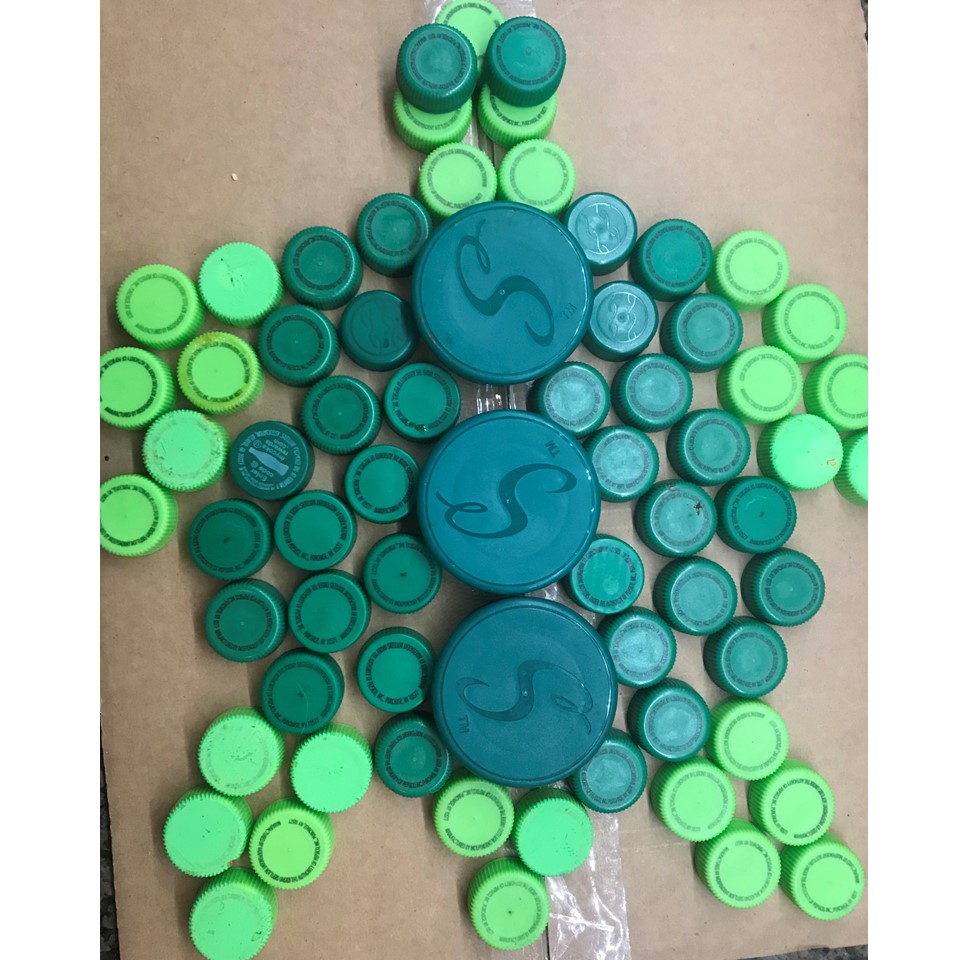
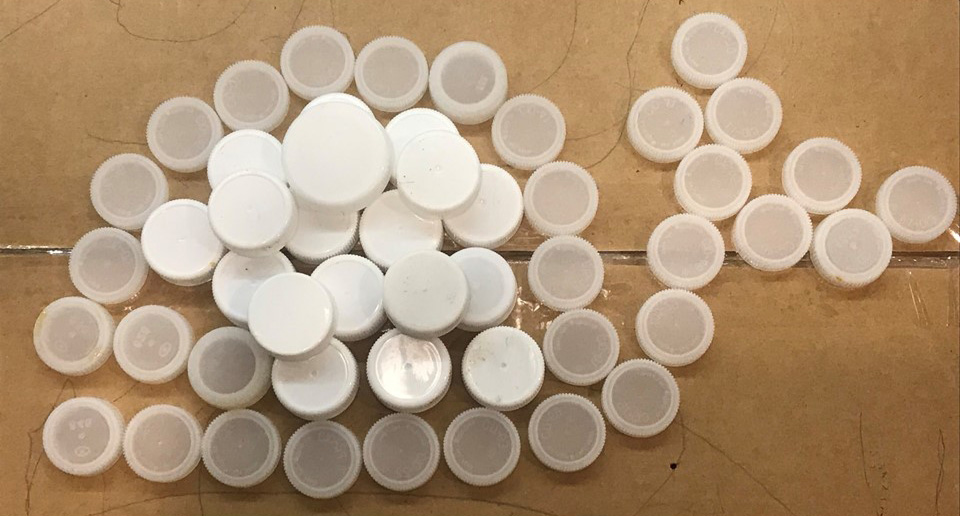
- Save the caps in school: Some companies work with you to recycle them back into other products like toothbrushes.
- Miniature gardens: Thank you Redesign Report for this list of ways to upcycle bottle caps, especially the cute little gardens at the bottom.
Contact your local recycling agency and find out what they do collect. If not, start a collection. Make it a challenge and share your challenge with your neighbors. Any time you can do something to start a conversation about marine debris and plastic in the ocean is good. Watch some movies on marine debris. It might be a little uncomfortable at first – but smile, follow your heart, and know some facts.








What people are saying …